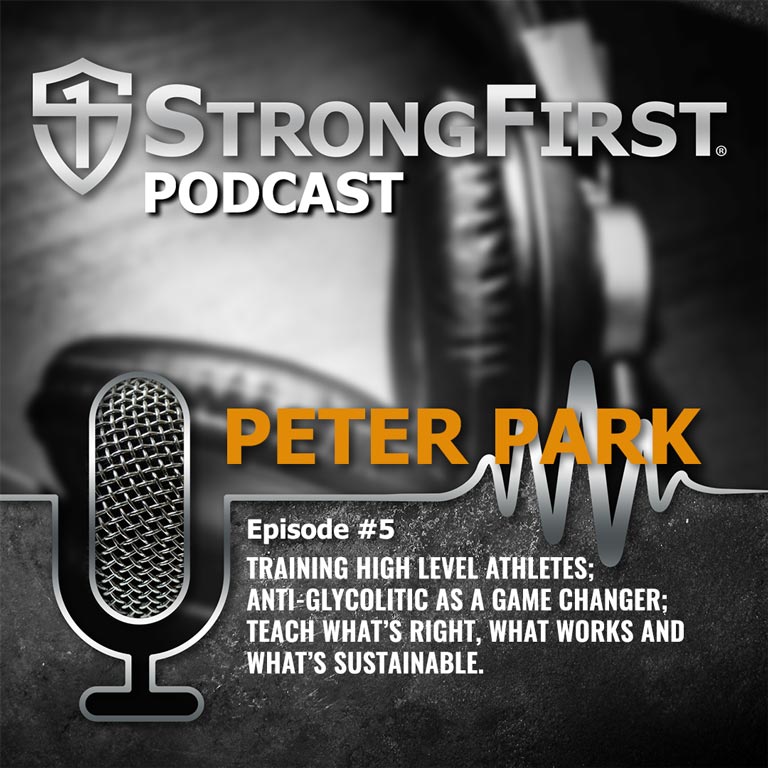Dayz
Level 8 Valued Member
This might be an overly technical, scientific kind of question.
A lot of literature shows that strength training improves endurance performance in some situations, albeit with a minimal dose. (the famous example Pavel cites in Q&D was endurance athletes improving their time to exhaustion after following a 4x4 squat protocol with endurance training vs a control group that only did the endurance training).
It's generally thought the reason for such improvements is increased 'neural drive', ie ability of central nervous system to send a strong signal for a muscular contraction. As an explosive strength program, or power endurance program, Q&D is designed to improve neural drive.
My question is: how specific does the movement have to be to translate the neural drive benefit to endurance sports? Will snatching or Swinging improve neural drive for the purposes of say, cycling? (My sport). Or would another movement, like a lower body pushing movement, be better?
A lot of literature shows that strength training improves endurance performance in some situations, albeit with a minimal dose. (the famous example Pavel cites in Q&D was endurance athletes improving their time to exhaustion after following a 4x4 squat protocol with endurance training vs a control group that only did the endurance training).
It's generally thought the reason for such improvements is increased 'neural drive', ie ability of central nervous system to send a strong signal for a muscular contraction. As an explosive strength program, or power endurance program, Q&D is designed to improve neural drive.
My question is: how specific does the movement have to be to translate the neural drive benefit to endurance sports? Will snatching or Swinging improve neural drive for the purposes of say, cycling? (My sport). Or would another movement, like a lower body pushing movement, be better?

